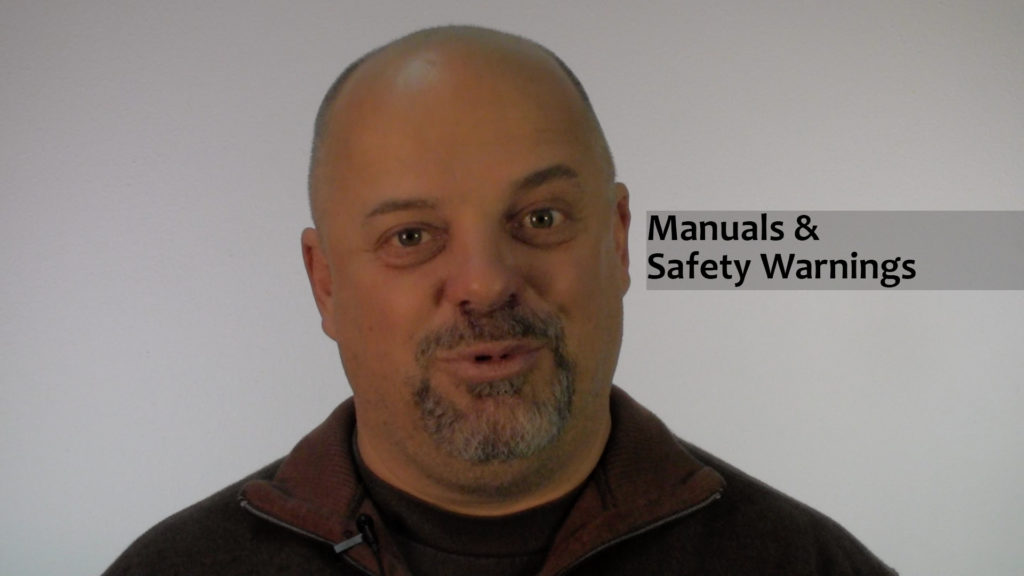Last week in our video, we talked about the process to get your product from where it is today through certification, CE marking, UL or whichever standard you need. Our CEO and founder, Steve Barcik Amstel talked about how High Tech Design Safety can help you with your manuals as well. Each of the standards is going to have particular requirements that needs to be included in the manuals.
This week Steve is sharing with you the information necessary for your manuals and specifically goes into detail about your warnings necessary to complete your manuals.
Typically you are going to need to put all the information about your company, you are going to reproduce any of the warning labels that are on your product, list spare parts, how to install the equipment, it’s weight, power requirements and any other requirements for facilities all need to be in your manual.
The thing that is most crucial to think about from a product safety, liability and ease of use standpoint is warning that go into the manuals.
All of the standards that we use, UL, CE, IEC…they all point to different standards which show what should be in the manuals.
In this case, Steve is talking about UL and IEC 60204. That is the Industrial Standard for the Safety of Electrical within Industrial Equipment. So that points to other standards, in this case IEC 82079 which talks about the preparation of instructions for use – Structuring, content and presentation – Part 1: General principles and detailed requirements, which is harmonized with US and CSA Standards as ANSI Z535.6, Product Safety Information in Product Manuals, Instructions, and Other Collateral Materials.
Each standard’s body and typically each standard points to these two other standards instructing you on how to organize your manuals and what needs to be in them.
We would suggest having a technical writer do this work for you. If you need somebody, we do have a couple sources that we use for that. Generally what we do for most clients is that we provide them the broiler plate that is specific for their equipment that needs to be in the manual to get their product certified and to market. And even in some cases, if you are in an extreme hurry to get your product to market, we provide that as an addendum. You put it in the front of the manual and ship your equipment and you are ready to go. Then later you can enhance your manual by incorporating it all in there.
This video is specifically about how to structure warnings and how you communicate those hazards.
The structure goes like this:
First you are going to have a warning icon. We share these in the video.
Then you are going to have a warning word. There are three different warning words – CAUTION, WARNING and DANGER.
Danger is something that is imminently hazardous. For example, if I were to turn this particular handle and when the operator did it… it is going to spray molten metal into this room. You would want to put DANGER as a warning. DANGER do not open this handle when vat is full of molten metal.
Warning is if you do this and some other action happens then your probably going to get injured.
Caution means there is a risk if you do this and something else happens, then maybe there is a third thing that happens that will result in an injury or loss.
Caution being the lowest and Danger being the highest.
Then you are going to have a risk word. What is the risk?
Like in the example that we used above, molten metal or it could be fire, electrical shock, laser, radiation, or whatever your hazard may be.
Now you will need to talk about the risk.
For example, you may say, Laser radiation, UV and IR radiation or in our molten metal example earlier, you may say 800lbs of molten metal will come out of this spout.
Next, you will talk about how to avoid this. So in our example of the molten metal, Do not open this handle when the vat is full of molten metal. In the case of a laser, Do not open the enclosure or do not put reflective material in the enclosure.
Then in the final section, we list what are the potential negative outcomes would be. Again in our molten metal example, If you open this valve and spill molten metal in the room and fill it up, then it will catch on fire, people will get burned if they don’t get away quick enough, and the structure will catch on fire. However these are just an example and if you were in a place that was designed for molten metal, it probably wouldn’t catch on fire. But there is still a thermal hazard. So you would talk about those potential outcomes that may result in loss of a facility, injury, loss of life…and let’s say it was some kind of toxic gas…it might release into the atmosphere and it might cause hazard down wind. In the case of laser…It might burn your skin, you might have an eye injury or damage…
Hopefully you are getting a sense.
For each of the hazards we identify for your product, you will need to go through and we can help you do this or you can do it yourself with this information, and include that structure that we discussed above. The icon, the words (CAUTION, WARNING, DANGER) and then the risk fire, risk avoidance, and then risk potential outcomes.
This is how you would structure the manual for warnings for hazards on your products. Please contact us at www.HTDS2.com for more information and for assistance with your product certification needs.


